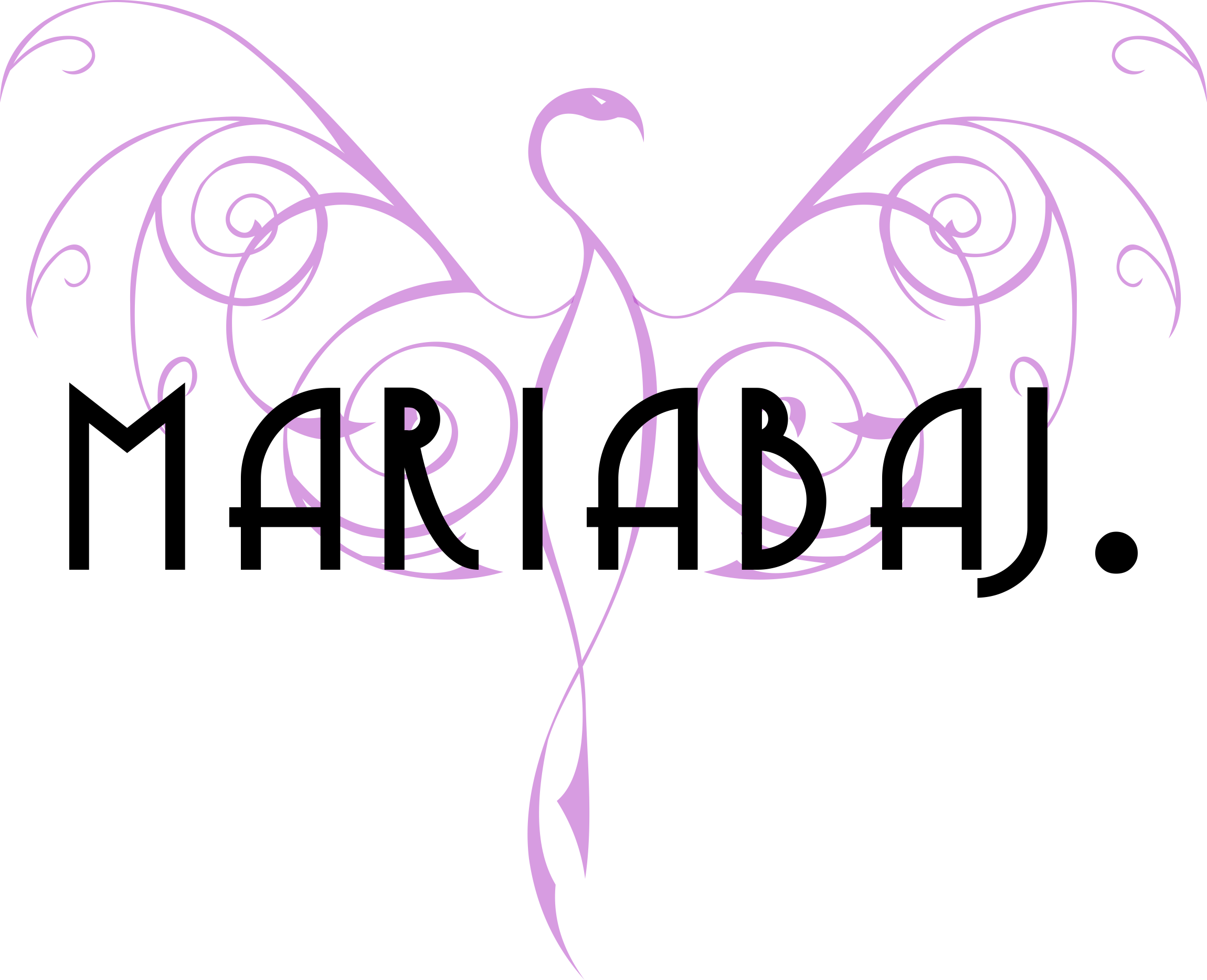
Art Therapy and Mental Health
Whether it comes from our work, schools, the past, or personal relationships, stress is a huge part of our lives. Stress has a number of negative effects on both the body and the psyche. Inability to control or manage stress efficiently can lead to dangerous behaviors such as excessive drinking, overeating, or ignoring feelings. It’s vital to realize that stress can be effectively managed at a low cost and in a pleasant manner. Art therapy is an excellent therapeutic method that you may use in your daily life to keep your stress levels low and your happiness levels high.
We experience everything through our senses i.e: seeing, hearing, touching, tasting, and smelling, from birth till roughly the age of five. Self-exploration and self-expression are essential components of the artistic activity, and they can be effectively incorporated into trauma therapy. Art therapists employ creative language to communicate with their patients about extremely tough situations such as sexualized assault or bereavement. According to the principle underlying creative arts therapy, when people work creatively under the supervision of a skilled therapist, they become more vocal and communicative. This increases their awareness of issues and motivates them to take action.
Art therapy can be found in a variety of contexts, including hospitals, wellness centers, clinics, community organizations, educational institutions, and private offices. Rather than the mind making modifications or coming up with answers, this method focuses on the mind and body to find a way to analyze and resolve some urgent problems through artistic expression. Art therapists evaluate and treat children, adolescents, adults, and the elderly as individuals, groups, and families. Drawing, painting, sculpting, and other mediums are employed in the creative process to meet the individual or community’s wants and preferences. In traditional talk therapy, patients might use innovative approaches to push boundaries and overcome hurdles. While talk therapy may be beneficial to one person’s process, another may prefer journaling, exercise, art, or a combination of varied experiences throughout therapy.
Art therapy, like most psychotherapeutic techniques, is not a tool able to automatically cure, heal, correct, restore, or resolve an individual’s mental health needs; instead, it is a tool that can assist in guiding and promoting psychological health and welfare. Therapy, generally, takes a lot of patience, commitment, and time. The duration of therapy is mostly influenced by the patient’s or client’s requirements, desires, intellectual comprehension, and the extent to which he or she is placed or seeking therapeutic assistance. To assist growth and healing, patients use a combination of pictures, sounds, imagery, narrative, dance, music, theatre, poetry, movement, gardening, and visual arts to explore their inner world.
The arts promote an unrivaled process of self-discovery and aid in the healing of common emotional diseases and inhibitions such as perfectionism, “never enoughness,” black and white thinking, and various shades of fear since creativity originates from a deep emotional point within us. Creativity takes on a life of its own, allowing you to communicate your deepest wishes, long-forgotten insight, and true emotions. To put it another way, the creative process serves as a portal to mental wellbeing. Something significant in your life may have altered. You must figure out how to benefit from such developments. Art therapy can assist you in thinking about what is working and what isn’t in your life. It promotes adaptability.
Expressive arts therapy may be a suitable fit for you if you’re looking to recover from perfectionism, past trauma, anxiety, relationship problems, or despair. This technique has been shown to be useful for a wide range of emotional disorders, as well as for people who simply want a safe place to explore who they are and what goals they want to achieve in life. Art therapy has been shown in numerous studies to reduce stress and anxiety by requiring physical mobility, mindfulness, and present-moment awareness, and integrating into the body’s natural patterns.
Even if you don’t think of yourself as a creative person, you were born with a creative mind, which is why art therapy can benefit you physically, mentally, and emotionally. Art therapy is a simple, low-cost, and effective way to express emotions, relieve tension, and remember the good things in life. Negative feelings can be transformed into something more substantial and significant. Our brains become more active when we sketch, color, or paint, and this helps us better deal with future issues.
